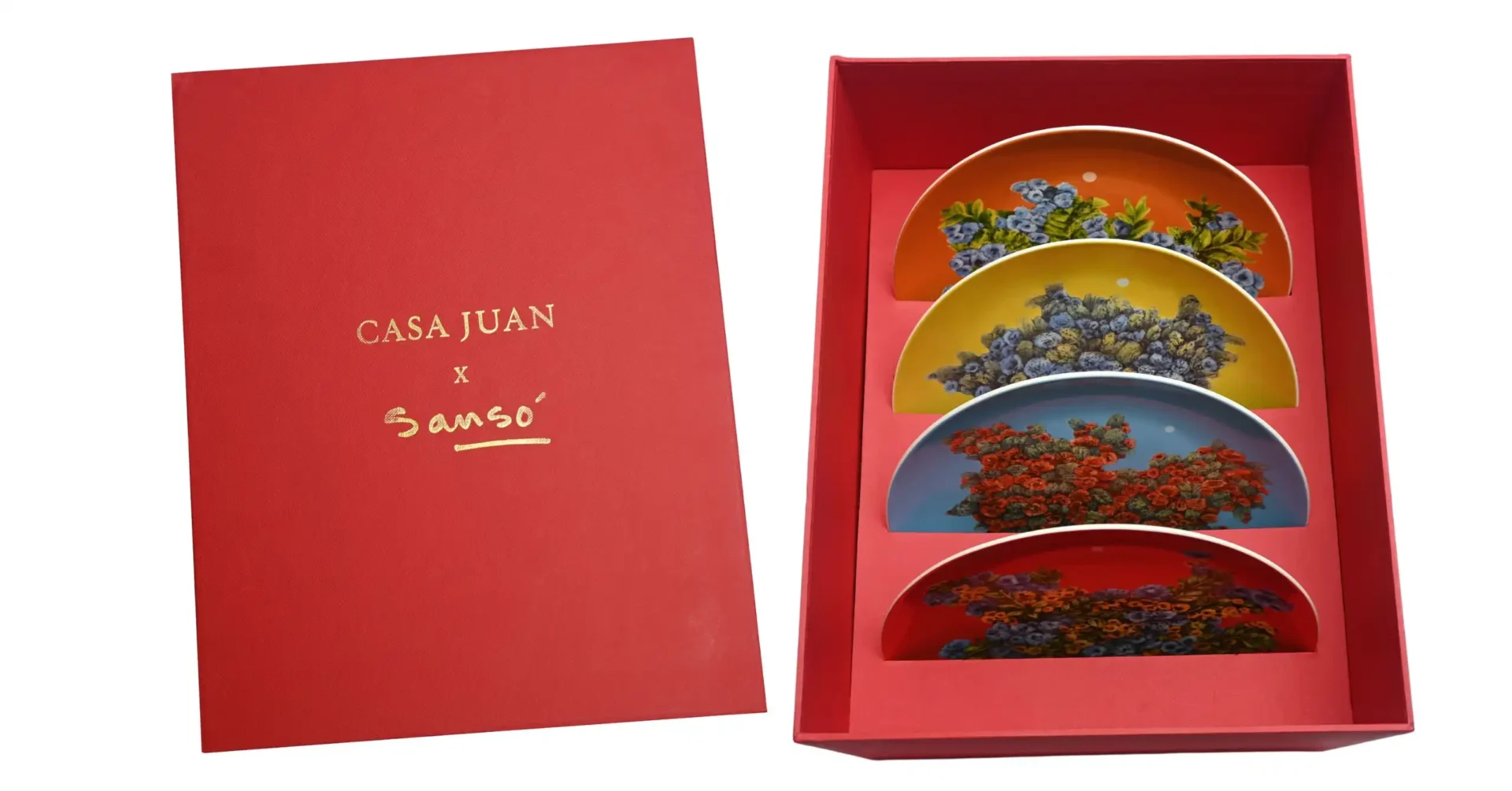Imran Amed: On The High Cost Of Fashion

Dior and Armani’s recent controversy only highlights the severity of the industry’s labor and environmental violations in the desire to maximize profit.
It was news that only added salt to the wound. Customers who have been shelling out thousands of their hard-earned money to purchase their desired luxury items were shocked by a recent revelation—that a popular book tote by French luxury brand Christian Dior, which retails for $2,780, actually only costs $57 to make. The revelation was part of an investigation by the Milan Judicial Court on the working conditions in the workshops and factories that produce such premium luxury goods.
The report only affirmed what customers have already been complaining about—that the price of many luxury goods, which implemented a series of price increases during the pandemic, no longer matched their quality.
To Imran Amed, Founder and CEO of Fashion Media Company Business of Fashion, even more disturbing than the price inflation is the wide disparity between their retail prices and the wages and working conditions of the workers who craft them.
According to a Wall Street Journal report, Dior and Giorgio Armani’s products were being made in “sweatshop-like conditions” by Chinese contractors based in Italy, who subjected their workers to an unsafe and unhealthy work environment in order to maximize profit.
“The supply chain of fashion companies for years now has not upheld the rights of the workers, whether that be in the fast fashion part of the market or the luxury end of the market,” lamented Amed.

In a roundtable discussion after a talk hosted by Vogue Philippines, Amed expressed hope that such investigations, as well as reports from the media and whistleblowers persist, to pressure fashion companies and the industry to implement reforms.
“The only way these things get addressed is if there’s regulatory questions being asked and if our own industry holds people into account,” he said.
The Discernment Curve
In his talk to a packed audience of artists, celebrities, and fashion enthusiasts, Amed shared that, although the fashion industry enjoyed an unusual 20% rise in sales during the pandemic as people seemingly decided to carpe diem and just live in the moment, the market has since sobered up, with sales growth now narrowing to just two to three percent. For Amed, this signals a shift in customer values and behavior as customers are becoming more discerning and skeptical.
“I’m paying a price that has gone up maybe 100%, 200%, in the last 10 years for the same product versus what it cost 10 years ago, and if I can find an alternative that’s maybe more unique and very good quality and feels a bit more special to me, and by the way the extra bonus is that it’s not as expensive,” he explained in an interview following his talk.
The phenomenon is known as the discernment curve, or the point when a customer smartens up and starts to look beyond mere prestige and brand name. “Initially a customer is interested in logos and status. Over time, customers are looking for something unique, special or discreet,” expounded Amed.
Volkan Yilmaz, of the popular Instagram account tanner.leatherstein, which has been featured by various media entities including The Financial Times, hopes to speed up this learning curve by literally ripping apart these luxury bags to show how much they’re really worth. In one instance, Yilmaz dissected a leather wallet from a very popular French luxury brand. “Nothing too special,” he quipped, as he examined the wallet after washing out its heavy finish with acetone to reveal the actual quality of its leather.
Assessing the wallet’s leather (which he likened to basketball leather), hardware, and craftsmanship, Yilmaz estimated that the wallet, which retails for $1200, only cost $90 to produce. “At its $1200 price tag, you’re paying a lot for the status that comes with the logo,” he put bluntly.
Recently, Yilmaz introduced a new segment called Voice of the Leatherverse, where he encourages customers to share their personal experiences with luxury brands. In its first episode, a customer shared her unpleasant experience with a defective product and subsequent snooty customer service, from a premium French luxury brand, known for its snobbish sales associates and controversial wait list.
Tanner.leatherstein’s mission is clear as day—to ensure that luxury brands deliver actual value for the money their customers pay them, and uphold the high quality of materials and craftsmanship in the leather goods industry.
The Fast Fashion Supply Chain
If luxury brands have their transgressions of deteriorating quality, insane price increases, and unfair work conditions, then the sins of fast fashion must be atrocious. For Amed, the cost to produce t-shirts worth only $3 for instance, translates to workers subjected to highly oppressive and inhumane work conditions at very little cost. “How can a garment be cheaper than a sandwich?” he asked. “The only way is if the people who have made them haven’t been paid properly”.
It has gone as far as accusing some fast-fashion brands of employing human trafficking and slave labor, whether directly or indirectly (through its subcontractors), to facilitate the low prices. The rumors were further fueled when clothing tags of some China-based fashion brands were allegedly found to contain messages such as “help me” on them. To date, the authenticity of the tags have not been verified.
Hand in hand with the oppressive labor conditions are the equally alarming reports about fast fashion’s disastrous environmental impact. Earth.org reports that the fashion industry is a leading contributor to microplastics disposed in the ocean and to global emissions. Adding to this is the fact that the very cheap prices also encourage customers to only wear the clothing items seven to 10 times, on average.
Ultimately, the cost paid for fashion is a lot more than what the price tag reflects, and change, whether in luxury or fast fashion, requires better informed and less impulsive customers, making more conscious shopping choices.



